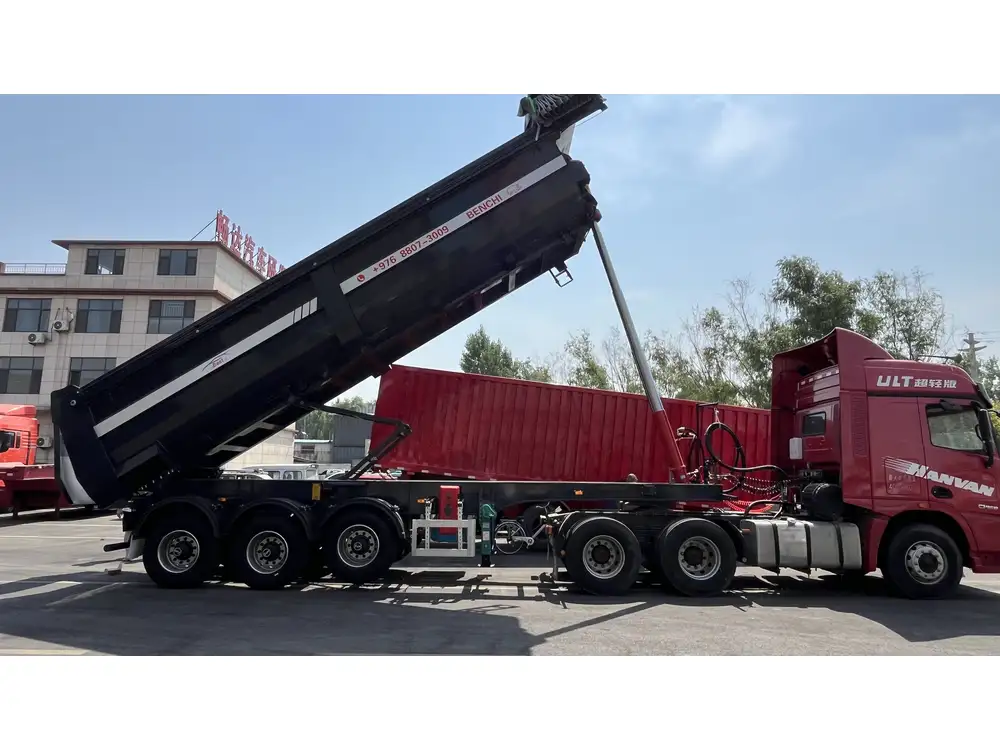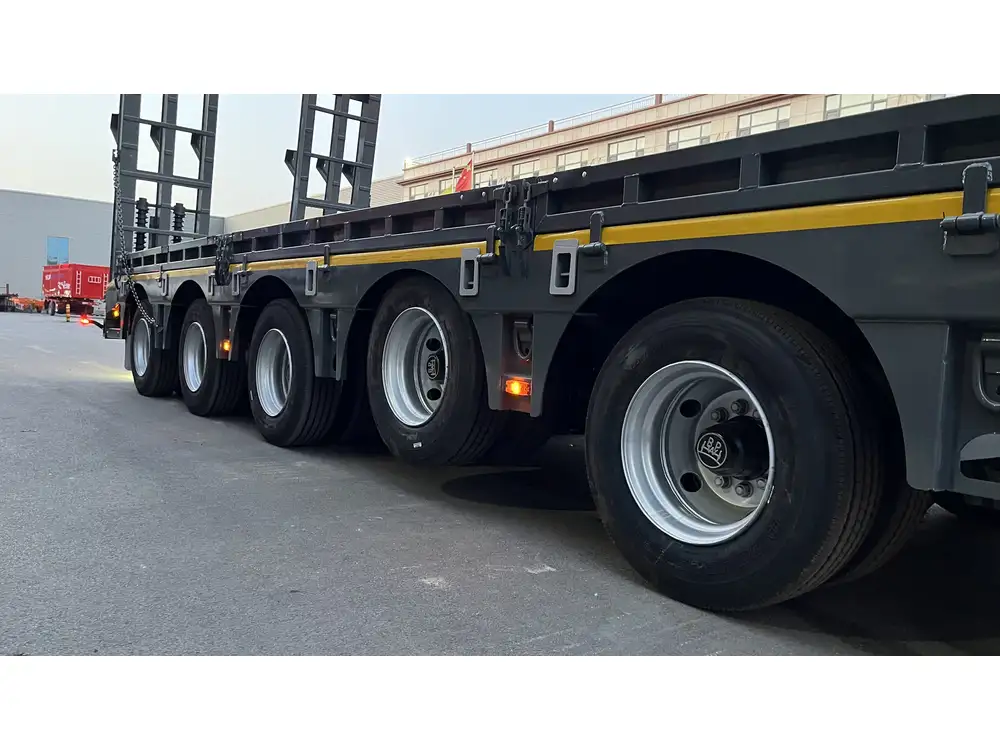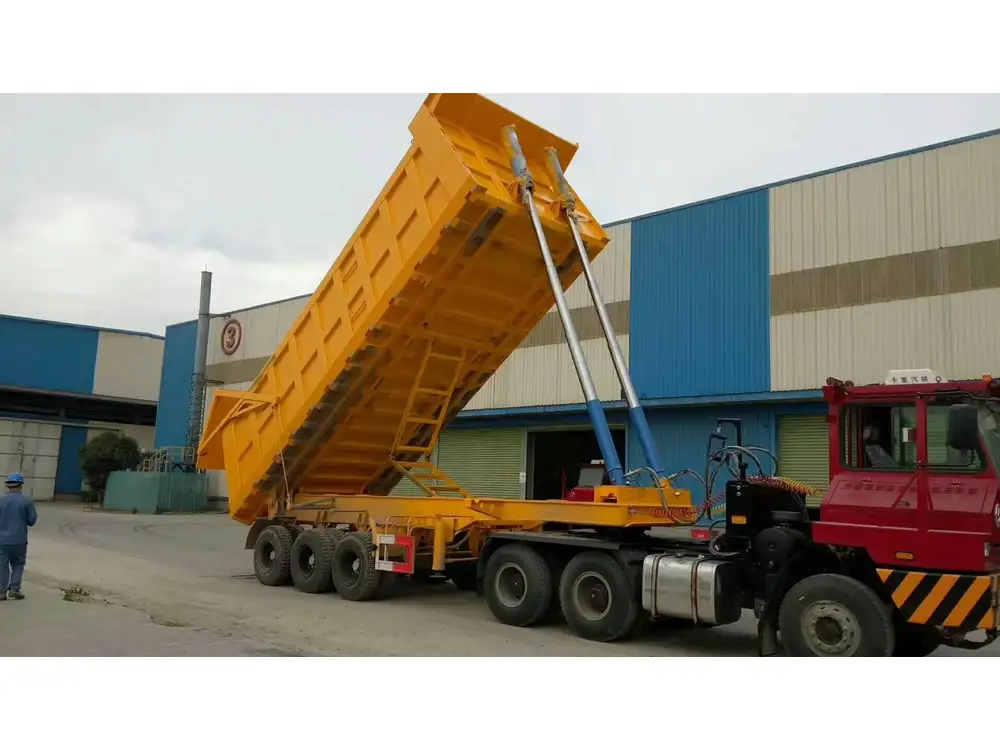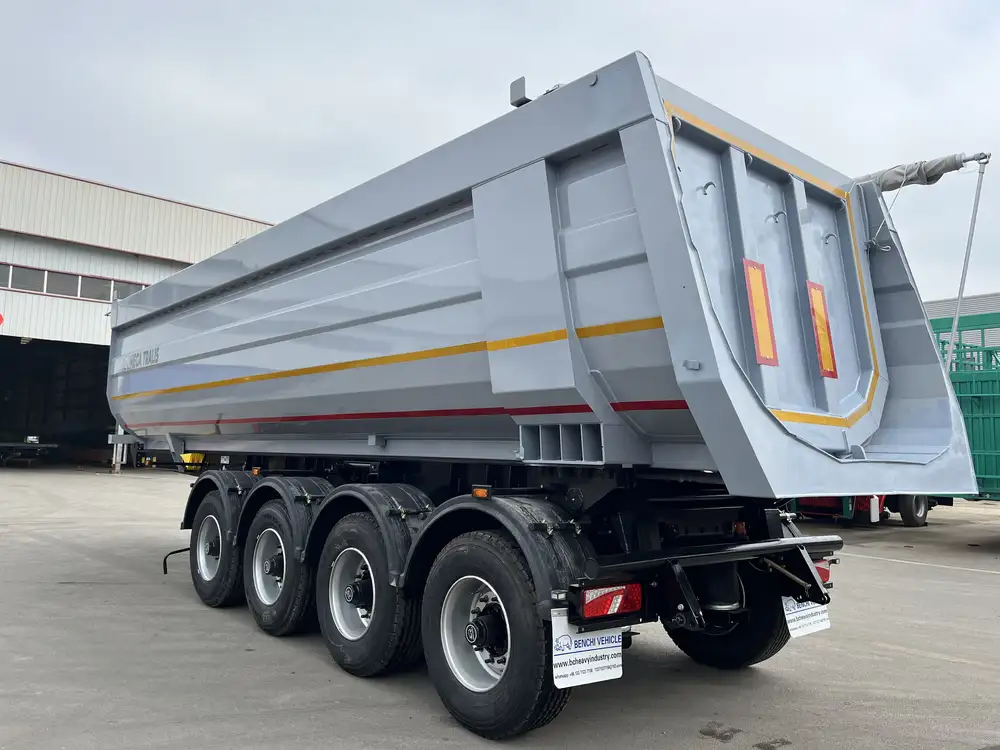When examining the volumetric capacity of semi-trailers, one of the more intriguing questions that arises is how many footballs would fit into this substantial space. This inquiry not only piques curiosity but also serves to highlight the immense storage potential of these essential vehicles in the logistics and transportation industry. In this article, we will meticulously dissect the dimensions relevant to both a standard football and a semi-trailer, and explore various considerations to arrive at an accurate estimation.
Understanding the Dimensions
Semi-Trailer Specifications
A semi-trailer is a type of trailer that must be towed by a truck. The dimensions can vary, but the standard sizes are:
- Length: Typically about 48 to 53 feet (14.6 – 16.2 meters).
- Width: Generally 8.5 feet (2.6 meters).
- Height: A common height is around 13.5 feet (4.1 meters).
For our purposes, we will use the dimensions of a 53-foot semi-trailer, which is widely used across the trucking industry.

Volume Calculation of a Semi-Trailer
To calculate the volume of a 53-foot semi-trailer, we use the formula for the volume of a rectangular prism:
[ \text{Volume} = \text{Length} \times \text{Width} \times \text{Height} ]Converting feet to inches (since we will later convert the football volume to the same unit):
- Length: 53 feet x 12 inches/foot = 636 inches
- Width: 8.5 feet x 12 inches/foot = 102 inches
- Height: 13.5 feet x 12 inches/foot = 162 inches
Thus, the volume of the semi-trailer is:
[ \text{Volume} = 636 \, \text{inches} \times 102 \, \text{inches} \times 162 \, \text{inches} = 1,045,152 \, \text{cubic inches} ]Standard Football Dimensions
A regulation American football has the following dimensions:
- Length: Approximately 11 inches.
- Circumference: Approximately 22 inches at its widest point.
To calculate the effective volume of a football, we can approximate the shape using an ellipsoid model. The formula for the volume ( V ) of an ellipsoid is given by:
[ V = \frac{4}{3} \pi a b c ]where:
- ( a ), ( b ), and ( c ) are the semi-axes.
For a football, we can consider the semi-axes as:
- ( a \approx 5.5 ) inches (half the length)
- ( b \approx 3.5 ) inches (half the widest circumference, divided by π)
- ( c \approx 3.5 ) inches (similar to ( b ))
This yields:
[ V \approx \frac{4}{3} \pi (5.5) (3.5) (3.5) \approx 88.44 \, \text{cubic inches} ]Estimating Capacity
With the volumes calculated, we can estimate how many footballs could fit within a semi-trailer.

Total Number of Footballs
To find out how many footballs can be stored in a semi-trailer, we divide the volume of the trailer by the volume of a football:
[ \text{Number of Footballs} = \frac{\text{Volume of Semi-Trailer}}{\text{Volume of Football}} = \frac{1,045,152 \, \text{cubic inches}}{88.44 \, \text{cubic inches}} \approx 11,834 ]Thus, approximately 11,834 footballs can fit into a standard 53-foot semi-trailer.
Factors Affecting Capacity
While the volume calculation gives a theoretical estimate, several real-world factors can affect the actual number of footballs that can be loaded into a semi-trailer:
1. Packing Efficiency
The arrangement of the footballs significantly impacts the overall capacity. If the footballs are packed haphazardly, there could be voids and wasted space. However, when organized efficiently, especially in rows and layers, one can maximize the space.

2. Material and Packaging
The packing materials used, like boxes or crates, will occupy additional volume. If the footballs are stored in bulk, without individual packaging, the theoretical maximum can be approached more closely.
3. Weight Limitations
Semi-trailers have specific weight capacity restrictions, which might limit the number of footballs that can be loaded depending on their total weight combined with the trailer’s own weight.
4. Loading and Unloading Considerations
Ease of access is crucial; for practical loading and unloading, not all space may be utilized effectively. Some space might remain unfilled to allow for additional handling maneuverability.

Repurposing and Real-World Application
Understanding the capacity of semi-trailers for loading footballs can also be extrapolated to other applications. Companies can utilize this knowledge for transporting a variety of sports equipment, optimizing their logistics by ensuring maximum utilization of their vehicles and reducing overall carbon footprints.
Comparative Loading Examples
Here’s how footballs compare in volume to other sports equipment when transported in a semi-trailer:
| Equipment | Estimated Volume (cubic inches) | Estimated Capacity in 53-ft Semi-Trailer |
|---|---|---|
| Regulation Football | 88.44 | 11,834 |
| Standard Basketball | 15.6 | 67,000 |
| Regulation Soccer Ball | 23.4 | 44,600 |
| Baseball | 14.1 | 83,440 |
Conclusion
From our extensive analysis, it is evident that a 53-foot semi-trailer can accommodate roughly 11,834 footballs if packed efficiently and without additional storage constraints. This engaging exploration not only satisfies a curious inquiry but also underscores the remarkable capacity inherent in semi-trailers, often overlooked in everyday transportation logistics.
Businesses involved in shipping, sports merchandise distribution, or logistics can leverage this knowledge for optimizing transportation efficacy. Understanding volumes not only streamlines processes but also enhances overall operational productivity, paving the way for better resource management in the competitive landscape of logistics.
For manufacturers and distributors, this knowledge is invaluable when planning shipments of bulky content, thus ensuring they maintain a competitive edge in the market.



